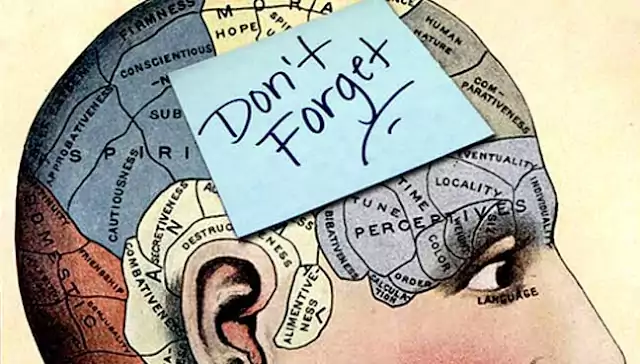The two main avenues of remembering are the verbal and visual. Suppose you have gone shopping and either didn’t make a list or forgot to pick it up. How do you recall what you needed? Do you look at the objects and know they were on your list, or do you read the labels and remember that’s what you needed?
Visual and Verbal
If the sight and sound of the words are foremost then you have a good verbal memory. If you close your eyes and picture what you had listed, in vivid detail, then you are a person with a visual memory. As children we all use our visual memory but after we begin to learn the language we shift to a verbal encoding. Since we have the capability for both, a good test as to which is stronger, is thinking back to your childhood. Are you able to remember the house you lived in right down to the arrangement of the furniture? Do you remember the front door, the color of the carpet or the walls? If so then your visual memory side is the strongest.
Kinesthetic Remembering
Kinesthetic sensations are a natural part of us all but some use it more than others. For instance, if a person would say to you, “That doesn’t look very good,” you would know that they rely more on the visual effect of memory. If they would say, “That doesn’t sound quite right,” then you would realize they are relying on verbal influence. But, if they say to you, “This doesn’t feel right,” they are using their kinesthetic ability.
Some Examples
In the book, Total Recall, by Joan Minninger, Ph.D., she cites an example by a memory analyst, Ole Anderson. “He classifies former President Jimmy Carter as auditory: ‘Those listening to my voice will have to make that decision.’ While Ronald Reagan was kinesthetic: ‘Do you feel that our security is as strong as it was four years ago?’ Winston Churchill, says Anderson, used highly visual images. Gerald Ford was probably kinesthetic, while John F. Kennedy balanced all three well. Anderson estimates that about 20 percent of Americans are primarily auditory and about 15 percent are primarily kinesthetic. The rest are visual or a mixture. This, reasons Anderson, is why visual imagery is the most powerful.”
What Makes the Difference?
The main difference in the three memory avenues is that the people who are visual tend to learn more quickly. But they also tend to get their information mixed up and are less accurate even though they are more confident about remembering correctly. Verbal learners use more comparisons and association than the visual learners and are, as a rule, more accurate in their memories although they are less confident.
Muscle skills, or kinesthetic memory, is longer than either visual or verbal. To test if you use your kinesthetic ability ask yourself if you are a good typist, dancer or ball player. Do you often ‘talk’ with your hands, shaping the object with your movements? Then you are probably more kinesthetic than either verbal or visual.
